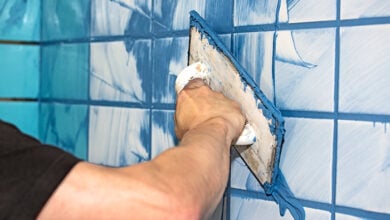The current energy crisis is a hot topic; one that has been filling homeowners with a growing sense of concern. So, maybe now is the perfect time to get thinking about conserving energy, saving money on gas and electrics, and staying extra toasty too.
Stepping up your insulation game is one big way you can flip the narrative; creating a home that is energy efficient and better prepared for winter.
For all your insulation needs, find a trusted Rated People thermal insulation specialist.
INSULATION SPECIALIST
Cosy vibes only
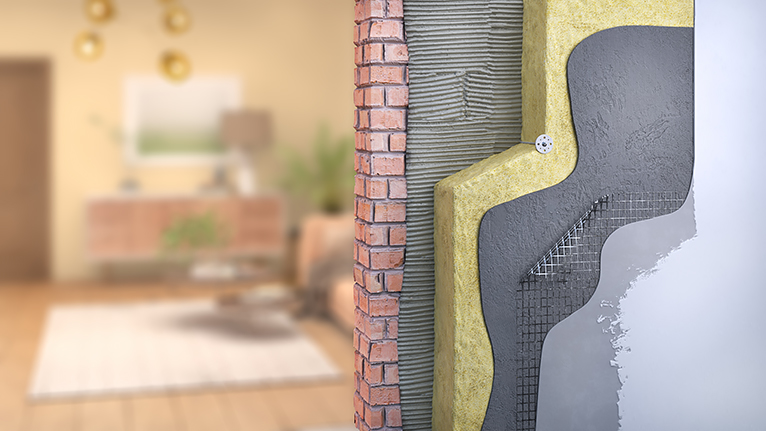
Insulation works in two ways; it allows heat to circulate in your home during the winter and pushes it out in the summertime. Insulating your home is therefore, so… important. A properly insulated home is cosy in the winter and ventilated during the warmer months of the year.
When you insulate, you also use less energy, pushing your bills down whilst helping to clean up the environment by pumping out less pollutants.
Want to conserve more energy? Check out our tips to make your home energy-efficient.
Timing is key
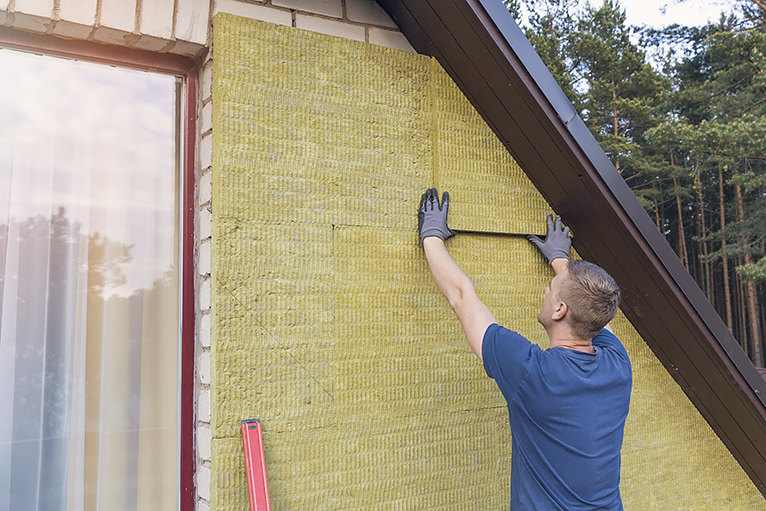
It’s a good idea to get the insulation works done in your home before mid winter. A little extra daylight can help and the harsh conditions insulation specialists can face in the winter; rain, high wind speeds and the threat of storms, are never helpful.
Plus, come winter you’ll want your home feeling like a comfy, cosy retreat in which you’d be happy to hibernate… at least until spring.
Thinking about starting a home renovation project? Discover advice about timings.
Read on to learn how different parts of your home play a role in insulating it.
Roof insulation
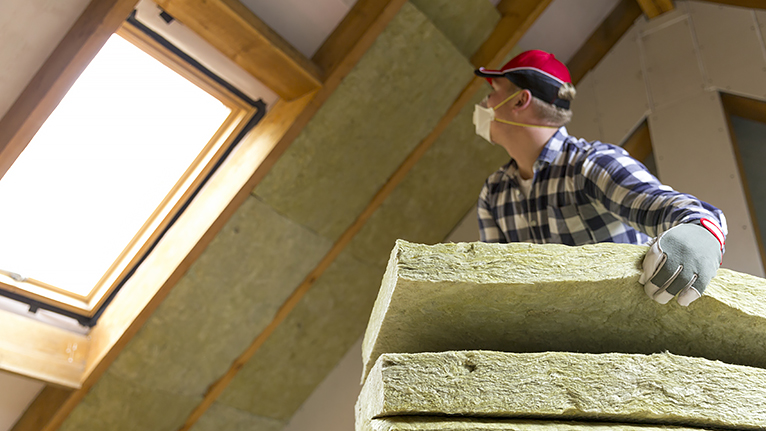
Over a quarter of all heat that escapes from your home gets out via the roof. That’s why insulating your roof will keep in the heat and save you money on your gas bills. In fact, it’s estimated that roof insulation will pay for itself multiple times over its lifetime.
Roof insulation, often referred to as loft insulation, is placed between as well as over wooden joints that sit just above the ceiling on the top floor of a house.
Wall insulation
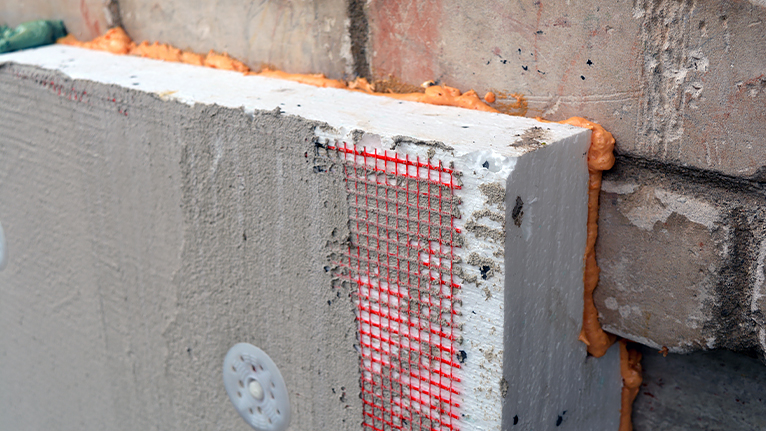
Another great way to prevent heat loss in your home is to insulate your walls. Insulating the walls of your home will also stop the heat from escaping, reducing your energy bills further still.
The UK is home to millions of properties dating back hundreds of years. The older the property, the less likely that it was constructed with insulation. In fact, most UK homes built before 1990 do not have any kind of wall insulation at all.
There are two types of walls: cavity walls and solid walls. Here’s how the insulation process differs between them.
Want to make your home more water efficient? Find out how you can save money on your water bills today.
Cavity walls
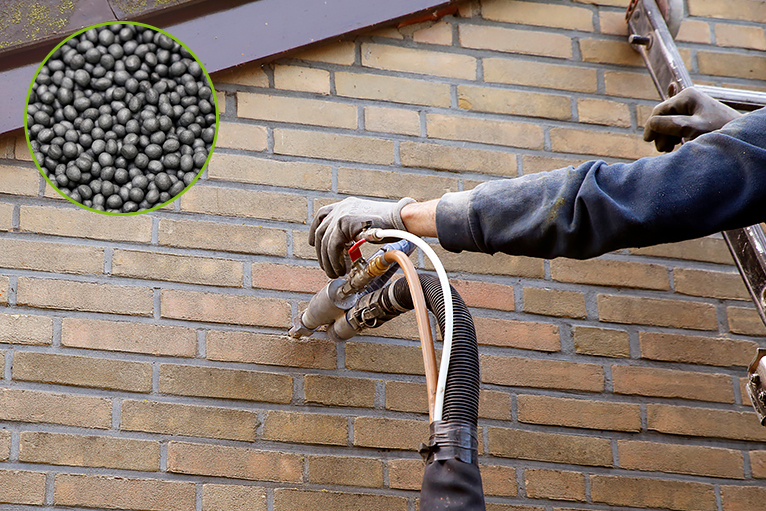
Cavity walls are built in a two-brick structure with a gap in between. Today, cavity walls are easy to fill. Cavity specialists start by drilling small holes into the wall before sealing them with polystyrene beads that will not absorb moisture or cause damp issues. To check whether your walls are a match for cavity insulation, simply call for a professional installer to assess at your property.
Concerned about damp in your home as the weather turns cooler? Find a Rated People damp proofing specialist today!
Solid walls
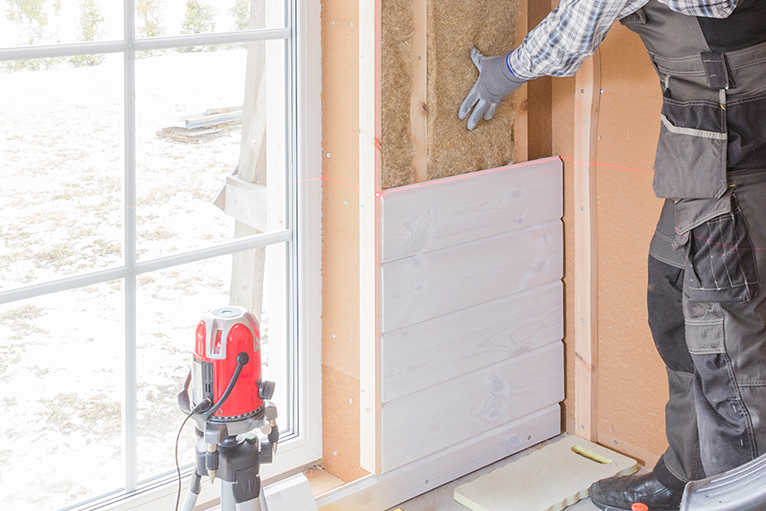
A solid wall is a single wall made of a combination of bricks and stone. Most homes built before 1920 have solid walls and it is estimated that more than half of all heat within homes escapes via uninsulated solid walls. Solid walls are insulated with either a layer on the inside or outside of your house – depending on preference and costings.
Internal wall insulation is cheaper than external; it consists of adding lining or insulation boards to your solid walls.
However, this will extend the walls into your rooms and rob you of a little space. So, if space is already tight, this may not be the best insulation option for you.
In contrast, external wall insulation is a layer of insulation that sits on the outside of walls – this type of insulation is sealed with rendering or cladding. This is a more costly option due to the materials used – for an average home this comes in at around £10,000 – although it will not impact the space in your rooms and Government grants are available.
Floor insulation
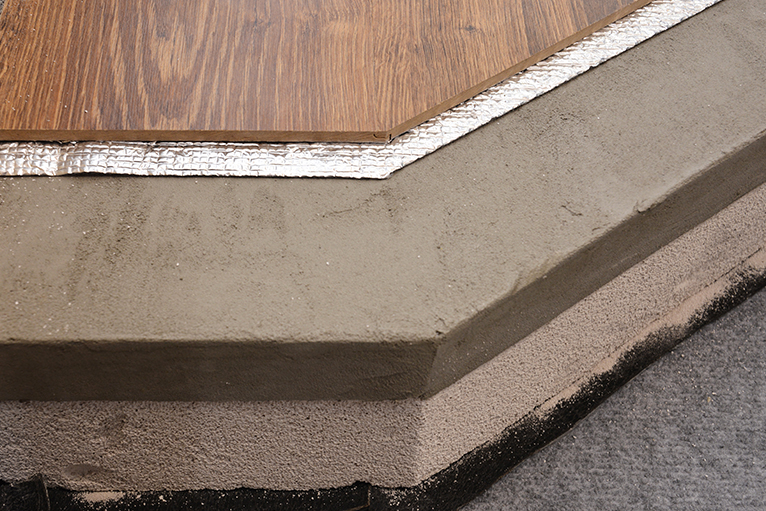
Old, weathered flooring can invite drafts into your home. So, if you are planning on laying new floorboards or just making your home more energy efficient for winter, floor insulation could be the way to go.
Filler can be used to plug floorboards and skirting boards. For wooden flooring rolls of timber mineral wool or solid insulation boards are used to seal any gaps.
Equally, carpets in your home can be fitted with thermal underlay as a superb way to trap heat.
Need to draught-proof your floor or lay new flooring? Find a vetted, local Rated People floor fitting specialist.
Double or triple glazing
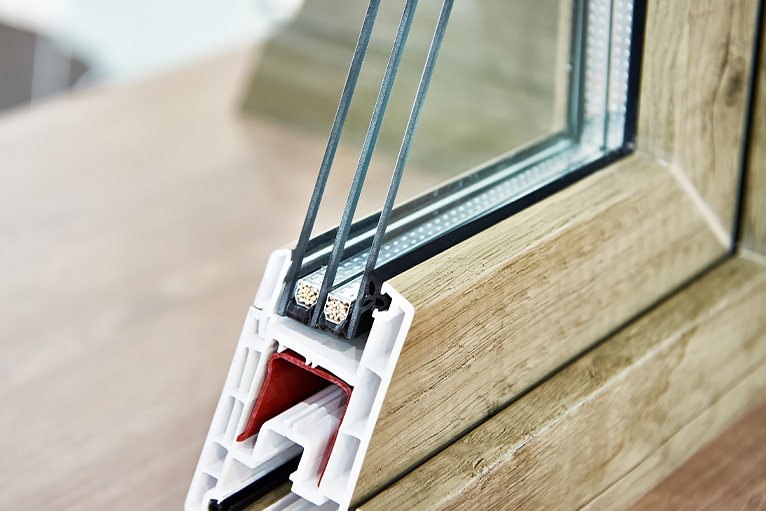
Every day, heat seeps silently through your glass windows. But a great way to insulate your home is to minimise this as much as possible by installing double or triple glazed glass.
The reason double glazed windows are so good at trapping heat is because they are often filled with an inert gas. This gas works fantastically to catch the heated air in your home. Similarly, a vacuum method is sometimes used. This vacuum is placed between glass panes and works to block heat transfer.
Want to insulate your home with double or triple glazing? Find a specialist Rated people window fitter today.
Thermal curtains and blinds
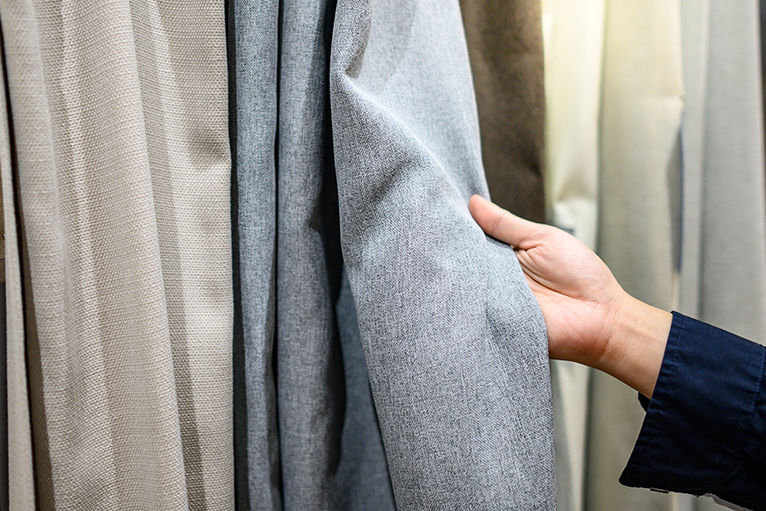
Yes, you heard it. Thermal curtains and blinds exist. And they even meet your high-décor-standards too! There is no compromise on style with thermal curtains or blinds; and they are excellent at creating a tight barrier for trapping heat in your home.
Thick thermal curtains and blinds can be found in a range of styles and colours at modern furnishing stores. Just make sure to draw them as soon as the sun sets in the autumn/winter for the best heat-catching results.
